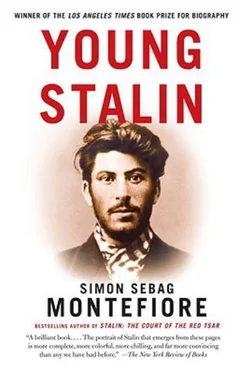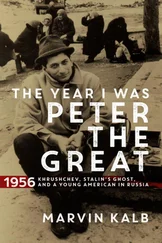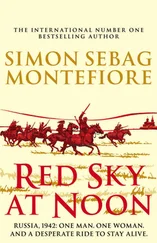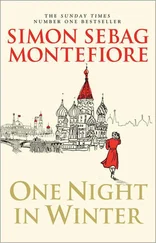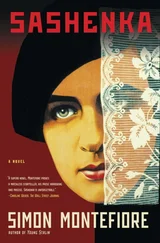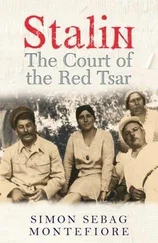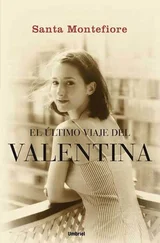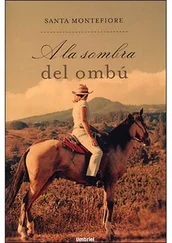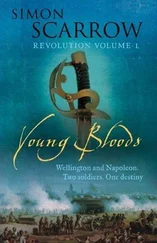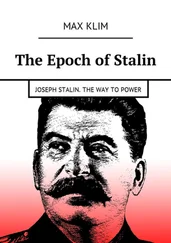“Happy?” Keke sardonically told an interviewer in 1935 when asked if she was happy to be Stalin’s mother. “You ask me what kind of happiness I felt? The whole world is happy looking at my son and our country. So what should I feel as a mother?”
Stalin swiftly developed his clandestine craft. A sympathetic worker in Batumi worked for the company that supplied wood to the prison. One day he was approached and told he was to help deliver the wood and must follow his instructions precisely. He delivered the logs, carried them into the courtyard and sure enough, at 3 p.m. sharp, the warders led out a single prisoner, Stalin, who gave him an urgent message to deliver in Batumi.
Lenin encapsulated Stalin’s dream of himself as a knight in a military-religious order. “Our Party is not a school of philosophers,” he asserted revealingly, but “a fighting Party. Until now it resembled a hospitable patriarchical family. Now it must become like a fortress—its gates only opened for the worthy.” Any other way was a “desecration of its Holy of Holies.”
As Soviet leader, Stalin disdained Tsarist leniency, determined to avoid it in his own repressions. “The prisons resemble nothing so much as rest-homes,” he wrote at the height of the Terror in 1937. “The prisoners are allowed to socialize, can write letters to each other at will, receive parcels…!”
The Tsarist authorities recognized, due to the special challenges of evidence and secrecy, that terrorists and revolutionaries could not be tried by jury or judge: the local Gendarme officer recommended a sentence to the local governor-general who forwarded it on to the Special Commission—five Justice and Interior officials who passed sentence. The Interior Minister confirmed it; the Emperor signed off. Stalin was habitually sentenced this way. Between 1881 and 1904, only 11,879 were sentenced like this, while during Stalin’s reign of the same approximate timespan, he presided over the deportation of an astonishing 28 million, several million of whom never returned. As for capital punishment under the Tsars, Catholic Poles and Jews in the western provinces were much more likely to be hanged than Orthodox Russians or Georgians.
When Lenin arrived, he reprimanded the stationmaster, availed himself of the local merchant’s library, brought out his wife, Nadya Krupskaya, and his mother-in-law to care for him, and even employed a maid to clean the house. The Lenins patronized the peasants who, noted Krupskaya, “were generally clean in their habits.” Lenin raved about the landscape of this “Siberian Italy,” a pleasant environment for writing. “Generally,” wrote Krupskaya, “exile didn’t pass by so badly.” The system favoured noblemen and Orthodox Russians and Georgians over Jews and Poles. Lenin and his friend Yuli Martov were arrested at the same time on the same charges but, while the noble Russian Lenin enjoyed his scenic reading-holiday, his fellow SD leader, the Jewish Martov, struggled to survive the desperate Arctic freeze of Turukhansk.
Even at this early date, Lenin and Stalin, soi-disant champions of the proletariat, were against the involvement of real workers. They believed in an oligarchy that would rule in the name of the workers, a concept that became the “dictatorship of the proletariat.” Stalin was convinced that the election of workers to the Party committees would include too many amateur revolutionaries and more police agents. Leninists were also less sympathetic to the land aspirations of peasants. Most Georgian Social-Democrats believed in wide worker and peasant participation and land grants to peasants, so they became Mensheviks. The Georgian Mensheviks under firebrands like Jordania were very effective and increasingly popular; Georgian Mensheviks were much more violent than Russian Mensheviks. Jibladze and Noe Ramishvili were as enthusiastic about terror and expropriation as Stalin up to 1907. But ultimately Bolsheviks were much more disciplined, merciless and comfortable with terror and killing. To complicate matters, there were mild Bolsheviks such as Kamenev, just as there were extreme Mensheviks.
In 1934, the children who had provided the bread for the escape wrote to Stalin; he wrote back with a present for them—a radio and gramophone. In 1947, pensioner Kungarov wrote: “Generalissimo of the Soviet Union Comrade J. V. Stalin, I deeply apologize for bothering you but in 1903 you lived at my place and in 1904 I personally took you to Zharkovo on the way to the Tyret Station and when the police interrogated me I lied for you that I had taken you to Balagansk. For lying I was imprisoned and received ten lashes. I ask you to help me.” It is highly unlikely that Kungarov would make this up, but Stalin read the letter and said he did not recall this, asking Kungarov to give more details. Possibly Stalin’s memories of the first exile were less vivid, but more likely he nursed a grievance against Kungarov for refusing to help him escape.
The Credo was one of the important secrets of Stalin’s past. It seriously undermined Stalin’s Leninist credentials, putting him closer to the 1918 Mensheviks, who created an independent Georgia, and the Bolshevik “deviationalists” of 1921–22. In 1925, striving to succeed Lenin, Stalin started to seek out and destroy any copies. In 1934, he twice approached Shevardian (first via his boss in the Trade Commissariat, Stalinist magnate Anastas Mikoyan, then through an old Tiflis comrade, Malakia Toroshelidze, rector of Tiflis University). Shevardian buried his papers in his village. In the 1937 Terror, Mikoyan and Beria were despatched to Yerevan with a deathlist of 300 Armenian Bolsheviks. Mikoyan saved one of the 300, Shevardian, who was still arrested. His family destroyed the papers. Shevardian was shot by Beria on 24 October 1941, as the Germans advanced. Not all recipients of the Credo were shot: Tskhakaya remained a favourite.
The “affair” resurfaced when Stalin married Olga’s youngest daughter, Nadya. The rumour spread that Stalin was her father. Both apparently heard the rumour, but she was already three when Stalin met the family. Meanwhile, in 1904, Soso had also been courting more traditionally a Georgian girl of a good family, Nina Gurgenidze, asking her to marry him. When she forsook him and married a dishevelled lawyer, Soso cursed: “How could you have married that scruff.” The lawyer husband was shot in 1937.
Minadora, née Ordzhonikidze, was a Menshevik married to the Bolshevik Malakia Toroshelidze, who was also close to Stalin. Minadora was the only woman to sign the Menshevik declaration of independence for Georgia in 1918. After Stalin and Sergo reconquered Georgia in 1921, she stayed in Tiflis with Toroshelidze, rector of Tiflis University, one of those who received a copy of the Credo. In 1937, they were both arrested. In a typical random irony of Stalin’s Terror, she, the Menshevik, was released; he, the Bolshevik, was shot. But perhaps this was not coincidental: Stalin liked her. Minadora’s memoirs are unpublished.
Kirtava became a Party official and avid Stalinist in Batumi. Her memoirs are written in the rigid hieroglyphic Bolshevik language, but even in the 1930s she dared record how she turned down Stalin—and how that infuriated him. The story has not been published until now.
Noe Khomeriki later served as Minister of Land in the independent Georgia of 1918–21 before leading the Menshevik rebellion of 1924 when he was captured and shot. His letter was confiscated in a Gendarme raid and then long lost in the archives. It is unusual because it is so specifically damning in its analysis of Stalin’s methods and ambitions. In late 1950, Beria, then the Politburo grandee in charge of the nuclear project, was out of favour and feared his own destruction. We now know that he heard about this letter from Georgian circles and, gathering ammunition to use against Stalin if need be, he secretly and unofficially asked an archivist to trace it. But Beria did not find it. The letter resurfaced only in 1989.
Читать дальше
